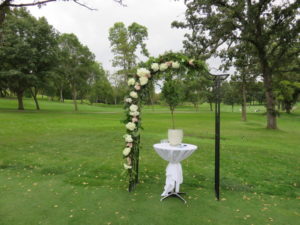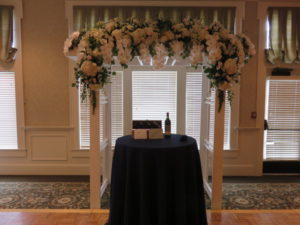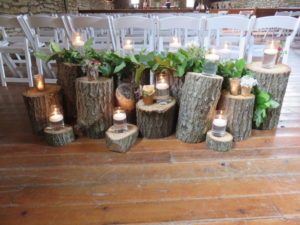Finding Your Wedding Ceremony Celebrant
Congratulations on your recent engagement! As you begin the big job of planning your wedding day you’ll discover many decisions to be made and many vendors and service providers you’ll need to hire. So where does your celebrant fall in the list of To Do’s? The simple answer: As soon as you’ve set your wedding date and venue.
The fact is that there are not a lot of celebrants or officiants in southeastern Minnesota who offer custom, secular ceremonies that focus on you as a couple. If that’s what you want for your wedding day, it is truly never too early to begin your search. It is not uncommon for couples to sign on with me 18 months before their ceremony, and I really hate to turn couples away, so please don’t wait. You can contact me by submitting a form from my website, by dropping me an email, or by giving me a call. Start by providing your name, your wedding date and your ceremony time and venue.
With that information I can immediately tell you if I’m available. I am also happy to answer any initial questions you have, but it’s fine if you don’t have any right away. If I’m available, I’ll provide an overview of the services I provide and how I work with couples. If it sounds like what you’re looking for, we will make arrangements to meet face to face.
That initial consultation meeting is at no cost or obligation to you. It gives us a chance to discuss your ceremony wishes and get to know each other a bit. At the end of the meeting we’ll review the Agreement that documents the business side of working together (including pricing). You can decide right then that you want to secure my services for your date, or you’re welcome to take the Agreement with you and return it after you’ve had a chance to chat together.
I welcome your questions throughout and after our consultation meeting as you decide if you want to work with me to create and deliver your wedding ceremony. While it’s never too early to start your search for the celebrant you want to work with, it’s rarely too late either. I prefer to work with couples for at least six months to create your ceremony, but if you’re working to a close in date, please check with me – I may be able to accommodate your schedule. I look forward to hearing from more 2017 couples soon.



